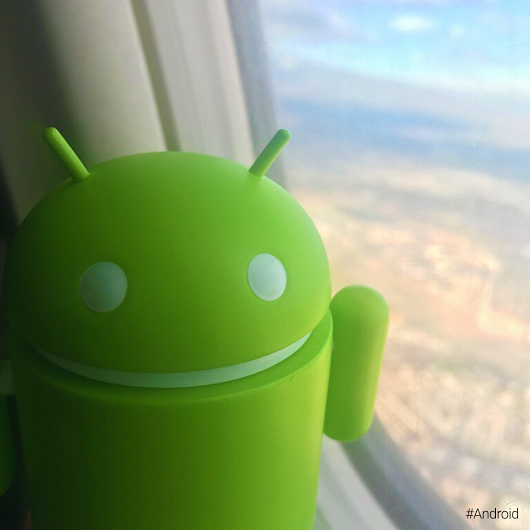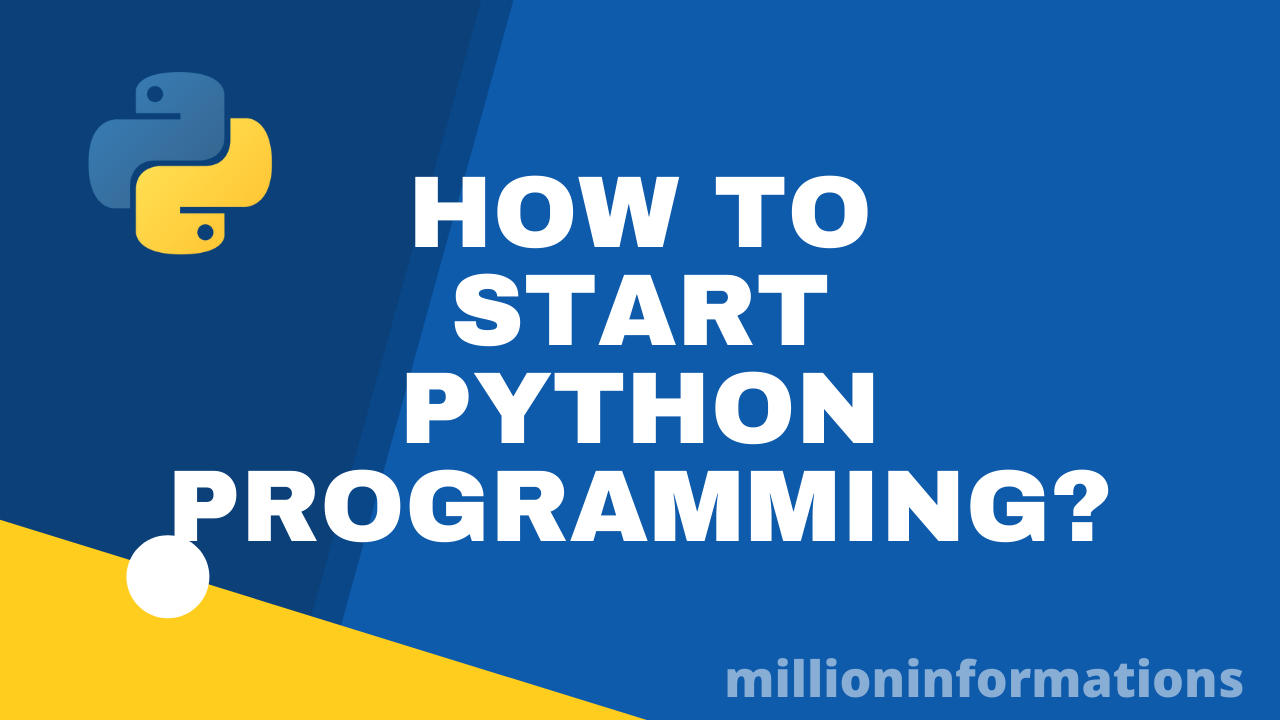Thursday 21 October 2021
How to install Android studio?
Android studio installation guide
In this post, you can follow the simple steps provided to install android studio on Windows OS. Kindly check your system requirements before installing.
In order to create android apps, we need to install this android studio which is the official android app development tool provided by google developers.
General Requirements:
Good internet connection (Upto 4GB data can be required for installing android studio).
Minimum 8GB RAM
64bit system architecture
Android studio installation guide
Android studio is the official to develop android apps. Android studio is open source means it is free to use.
We need to check the requirements before installing the android studio.
You can view the instructions on this website also.
https://developer.android.com/studio
Also, I have given the same below.
Fig. System Requirements
Checking your system configuration
To check your system
configuration, you can open your system properties and view the Processor, RAM,
and system type.
Installing Android studio:
Step 1: Go to the official download website
https://developer.android.com/studio
Step 2: Click Download Android Studio
Note: Make sure you are
connected to the internet and the network is good.
Read the agreement and click
the checkbox at the bottom.
Step 3: Just double click on the downloaded file. It
will prompt the following dialogue box.
Click Yes!
Step 4: The Setup will start.
Click Next to continue.
Again click next.
You can choose the installation location in your
computer or else by default it has a default location in your program files so
click Next again.
Next click Install!
Android studio will be installed now on your system.
Once completed click Next.
Click Finish and the android studio will be opened
now.
Once “Finish” is clicked, it will ask whether the
previous settings need to be imported [if the android studio had been installed
earlier], or not.
It is better to choose the ‘Don’t import Settings option’. Click the OK button.
Then it will keep on downloading and installing a few
files from the internet again, so you need to keep on clicking the Next button until
you see a finish button.
Click Finish and you can be able to start working on
your first project.
In the upcoming post, we will learn how to create android apps in android studio.
Share and Support this post.
Saturday 16 October 2021
Android App development tutorial for beginners
- Android app development is an in-demand skill needed in the market now.
- In this tutorial, we will learn how to develop apps from the very basics to advanced.
- Keep supporting my blog and share it with those who need it.
Introduction:
Android was developed by Andy Rubin and 3 others in 2003 at Android. incGoogle acquired Android. inc in 2007
Android studio is the official developer tool to develop android apps.
In this tutorial series, you will be learning the basics of Java required for android app development, android studio and firebase.
Pre-requisite:
Since we are going to learn and do the hands-on practice we need good system requirements.
It is mentioned on the official android studio site.
https://developer.android.com/studio - You can visit the website, download and install android studio.
Learn the basics of Java here.
https://www.millioninformations.com/2017/04/java-concepts-required-for-developing.html
In the next tutorial, we will see how to install android studio.
Monday 13 April 2020
Android App development demo - Demo App explained - Part 1
Android app development- Demo App explained
Tuesday 22 August 2017
Tuesday 8 August 2017
Monday 10 July 2017
Android versions and API levels
API LEVEL
|
VERSION
|
NAME
|
FEATURES
INCLUDED
|
1
|
1.0
|
ALPHA
|
Google
Account Synchronization, Google Maps, Gmail,
Google
Calendar, Media player, WIFI & Bluetooth support, Camera Support.
|
2
|
1.1
|
BETA
|
Ability to
save attachments, Ability to show/ hide keypad.
|
3
|
1.5
|
Cupcake
|
Auto
Rotation option, Video Recording, Upload videos and photos, Copy and paste
options in Web browser.
|
4
|
1.6
|
Donut
|
Text to
speech ,
Gallery, Camera
and Camcorder integrated,
screen
shots.
|
5
|
2.0
|
Eclair
|
Multiple
accounts for Sync, new camera features, Bluetooth 2.1 support.
|
6
|
2.0.1
|
Eclair
|
Minor API
changes, bug fixes and framework behaviour changes.
|
7
|
2.1
|
Eclair
|
Minor API
changes and Bug fixes.
|
8
|
2.2
|
Froyo
|
Speed,
memory and performance optimizations, USB tethering and WIFI hotspot, Adobe
flash supports.
|
8
|
2.2.1
|
Froyo
|
Bug fixes,
Security updates, performance improvements.
|
8
|
2.2.2
|
Froyo
|
Minor Bug
fixes.
|
8
|
2.2.3
|
Froyo
|
Security
updates
|
9
|
2.3
|
Gingerbread
|
User
Interface updates, improved power management, concurrent garbage collection.
|
9
|
2.3.1
|
Gingerbread
|
Bug fixes.
|
9
|
2.3.2
|
Gingerbread
|
Bug fixes.
|
10
|
2.3.3
|
Gingerbread
|
API fixes
|
10
|
2.3.4
|
Gingerbread
|
Support for
voice and video chat
|
10
|
2.3.5
|
Gingerbread
|
Improved
camera features and Gmail application.
|
10
|
2.3.6
|
Gingerbread
|
Fixed a
voice search bug.
|
10
|
2.3.7
|
Gingerbread
|
Google
Wallet support.
|
11
|
3.0
|
Honeycomb
|
Optimized
Tablet support, simplified Multi tasking, Camera focus, zoom,
Flashlight,
|
Front facing
camera, hardware accelerations, support for multi core processors, ability to
encrypt all user data
|
|||
12.
|
3.1
|
Honeycomb
|
UI
refinements, Connectivity for USB accessories, Enhanced WIFI usage.
|
13
|
3.2
|
Honeycomb
|
Improved
hardware support, Increased ability of applications to access SD cards, new display
support function.
|
13
|
3.2.1
|
Honeycomb
|
Bug fixes
and minor security, stability and WIFI improvements.
|
13
|
3.2.2
|
Honeycomb
|
Bug fixes
and Minor improvements.
|
13
|
3.2.3
|
Honeycomb
|
Bug fixes
and Minor improvements.
|
13
|
3.2.4
|
Honeycomb
|
3G and 4G
as per pay.
|
13
|
3.2.5
|
Honeycomb
|
Bug fixes
and Minor improvements.
|
13
|
3.2.6
|
Honeycomb
|
Fixed data
connectivity issues.
|
14.
|
4.0
|
Ice Cream Sandwich
|
Easy to create
folders, soft buttons, Face unlock, swipe and close recent activities, built
in photo editor, improved copy paste, better voice integration, zoom while
recording.
|
14
|
4.0.1
& 4.0.2
|
Ice Cream Sandwich
|
Fixed
Minor Bugs.
|
15
|
4.0.3
|
Ice Cream Sandwich
|
Numerous
bug fixes, improvements to graphics, database, spell checks, new Camera
Applications.
|
15
|
4.0.4
|
Ice Cream Sandwich
|
Better
camera performance, smoother screen rotation.
|
16
|
4.1
|
Jelly Bean
|
Smoother
UI, improved camera application, bi-directional texting.
|
16
|
4.1.1
|
Jelly Bean
|
Fixed
Bugs.
|
16
|
4.1.2
|
Jelly Bean
|
Bug fixes
and performance enhancements.
|
17
|
4.2
|
Jelly Bean
|
Lock
screen improvements, swiping directly to camera, notification controls, Group
messaging.
|
17
|
4.2.1
|
Jelly Bean
|
Bug fixes
and Bluetooth support for game pads.
|
17
|
4.2.2
|
Jelly Bean
|
Fixed
Bluetooth audio streaming bugs, USB debugging, bug fixes and performance
enhancements.
|
18
|
4.3
|
Jelly Bean
|
Numerous
Security updates, Bluetooth low energy support.
|
18
|
4.3.1
|
Jelly Bean
|
Bug fixes.
|
19
|
4.4
|
KitKat
|
Wireless
printing capability, New UI transitions, Performance enhancements.
|
19
|
4.4.1
|
KitKat
|
Improvements
to Auto focus, bug fixes.
|
19
|
4.4.2
|
KitKat
|
Security
Enhancement.
|
19
|
4.4.3
|
KitKat
|
Miscellaneous
improvements and Bug Fixes.
|
19
|
4.4.4
|
KitKat
|
Eliminating
Man in the Middle vulnerability.
|
20
|
4.4W
|
KitKat
|
Initial
release of Android Wear platform for smart watches.
|
20
|
4.4W.1
|
KitKat
|
UI updates
for Google Maps.
|
20
|
4.4W.2
|
KitKat
|
Offline
Media Playback, GPS support.
|
21
|
5.0
|
Lollipop
|
Android
Run Time (ART), Ahead-of-time (AOT), support 64 bits, Material Design, Smart
lock features, Addition of 15 new languages like Tamil, Kannada, Telugu.
|
21
|
5.0.1
& 5.0.2
|
Lollipop
|
Few Bug
fixes.
|
22
|
5.1
|
Lollipop
|
High
definition voice calls, Device protection.
|
22
|
5.1.1
|
Lollipop
|
Various
Bug fixes.
|
23
|
6.0
|
Marshmallow
|
Native
Fingerprint Reader support, Run time permissions, 4K display mode, Automatic
Full Data Backup mode and restore for apps.
|
23
|
6.0.1
|
Marshmallow
|
Unicode
7.0 & 8.0 emoji support.
|
24
|
7.0
|
Nougat
|
Unicode 9.0
emoji support, Ability to Screen zoom, Improvements to file browser, more
quick settings, new data saver mode.
|
25
|
7.1
|
Nougat
|
Rearranged
notification shade, Touch/display performance improvements, Circular app
icons support.
|
25
|
7.1.1
|
Nougat
|
New Emoji’s,
Send GIF’s directly from the default keyboard.
|
25
|
7.1.2
|
Nougat
|
Battery
usage alerts, improved fingerprint swipe performance, new multi tasking UI.
|


































